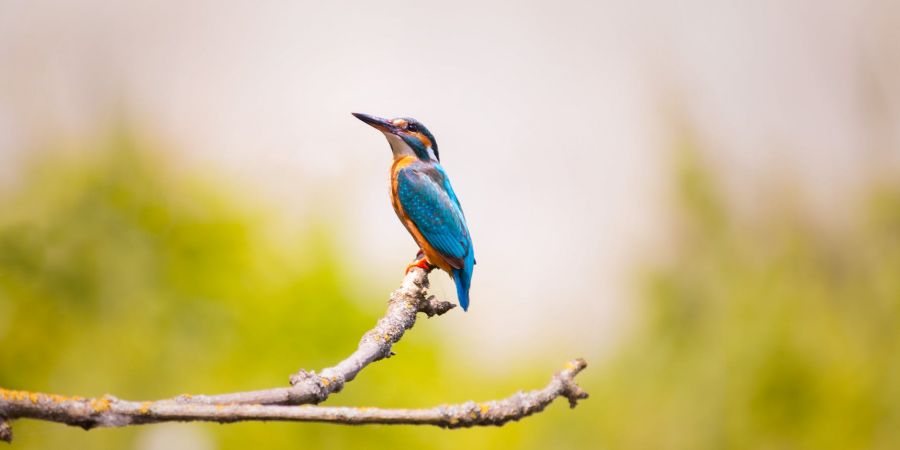

The evolution of life cycles, or life histories, is one of the most fascinating stories of Darwinian evolution. Natural selection has produced a stunning array of life histories from tiny, rapidly multiplying bacteria and yeast to the large, long-living albatrosses that produce only one egg every 2y (1,2).life histories consist of species-specific about growth, reproduction, and survival. There species specific traits describe the diversity of life and have strong association with major event in the lives of organisms, such as metamorphosis and the onset of sexual maturity. In addition, such traits describe the fitness differences among individuals that produce evolution change, genetic drift, or other mechanisms of organic evolution. the genetic principles by which life-history traits translate into evolution change are the subject of quantitative genetics, a filed that has produced insights into the way in which change in such “fitness traits” within populations are produced by ecological processes (3,4). for example, predation can favor a shortened juvenile period, leading to early maturity, increased reduction and shorter life span(5).
To discern the broad sweep of life history across the amazing complexity of biological diversity, however, study of short-term genetic change within populations may not be enough. thus, ecologists and evolutionary biologists have turned to broad comparisons many species, to view the evolution course of development of the diversity of life cycles (6). given the complexity of this diversification, many attempts to this diversification, many attempts to find generality have failed. for example the well known hypothesis of r-k selection (7) was a generalization that was pleasing for a time, but then fell into disrepute, at least in part because there were so many exception to its prediction (1,8).A subsequent paradigm has developed, however, that reflects general principles concerning the diversity of life histories. the first element of this paradigm uses the vast variation in body size among organisms, based on what are known as “that show the scaling of traits to body size (9-11). some of the most basic change in life cycle are due to the fact that it take that it takes longer for larger organisms to develop than it does for smaller organisms. thus, life spans are longer for larger species. if the further assumption is made that life is a ”zero sum game" then long life (high “somatic” effort) should trade off with low reproductive rates off with low reproductive rates (low reproductive effort)(12).


